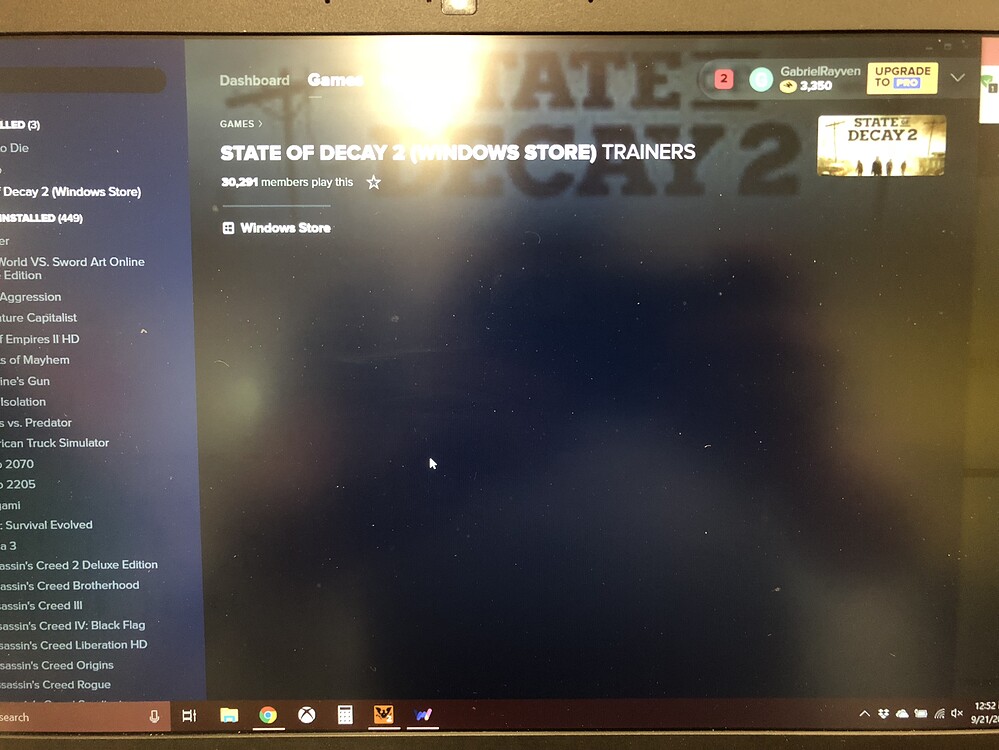
If we think of gold we can imagine two spot markets, and see immediately that abstracting from travel and related costs, the price of an ounce of gold in one market should be approximately equal to the price in the other.

These shares therefore suggest that markets make prices not just on the basis of asset returns but also on the basis of some ‘local’ information.

Evidence is overwhelming that even when the shares should move together in a predetermined manner they do not. Examples would include Royal Dutch-Shell or Unilever Plc/NV, or more generally cross-listed shares. More recently there have been advances in both economic and statistical methods that have allowed a degree of light to be shed on this issue at an individual asset level.Ĭonsider for example ‘Siamese twin’ shares, where the same claim on asset is traded on two markets. There are a vast number of papers and analyses on which markets lead and which follow, at a macro level. Equity and bond analysts have had to grapple with the issue of what market leads what for decades. Mere volume alone does not in and of itself make a market dominant. Although larger, the dominance of spot OTC trading in London makes its influence harder to grasp. Thus, analysis of the ‘gold market’ can be reduced, in so far as that is possible, to analysis of these two markets.įrom this it is clear, first, that the main markets remain London and New York and second, that it is unclear who ‘leads the dance’.

And while the other main markets are growing they still account for just over 3% of turnover. While more than eight times smaller, America’s options and futures exchanges are vastly more transparent with a constant flow of prices and daily volumes information inherently lacking in the London OTC market. Table 1 shows the dominance of London as a trading centre for gold with 86% of business occurring there, approximately 90% of which are spot transactions. And yet, it remains in many ways bipolar. The gold market worldwide is itself diffuse, with trading taking place on organised exchanges in dozens of locations.


 0 kommentar(er)
0 kommentar(er)
